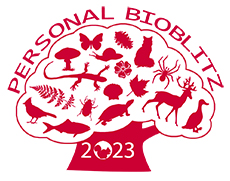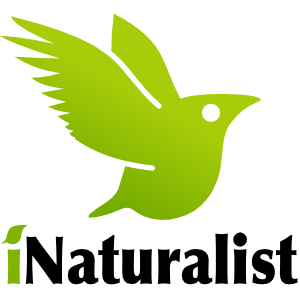
Quick Links
Observation dates are 1 March–15 May, 2023.
Goal: See as many species as possible wherever you are in the world, and also add them to our Personal Bioblitz project on iNaturalist to see what we can discover together.
Who Can Participate?
You can be part of the Spring 2023 Personal Bioblitz if you belong to at least one of these categories, and you can live anywhere in the world:
Note - 'Friend' can include anybody that is invited by someone already in the Bioblitz, this year or previous years. Invites might be sent out via e-mail, Facebook, or any other way by current Bioblitzers. We love that you spread the word and invite others.
How to Join?
- Create a free iNaturalist account. (see below, under Getting Started)
- On iNaturalist, go to the Personal Bioblitz 2023 Project, click Join (top right corner), and you will become a member. Read on below about how to use iNaturalist.
General Rules
Challenges
Which Species and Observations Count?
YES, Count it!
- The observation or collection date is within the project dates.
- You saw or heard the species. Even better, have a photo of it.
- Outdoor species, unassisted* (ex. birds, insects, mosses, trees)
- Indoor species, unassisted* (ex. cockroaches, mice, bread mold, oyster pea crabs)
- Remnants of once alive species (ex. antlers, roadkill, shells, dried fruits, animal tracks) are OK as long as discovered by you, you know its original collection date and geographic origin, and it was first collected during the Bioblitz period [mark the type of remnant in your iNaturalist observation notes field].
- Microscopic species, as long as the organism is wild-collected during the bioblitz period. We highly encourage the use of microscopes and hand lenses to find and identify protozoa, planktons, fungi, parasites, bacteria and other small living things.
- Species as part of education and research projects collected in the wild (as long as you found it and reported it during the project time frame).
- Humans (Homo sapiens)
- Feral populations of former pets, crops, and farm animals.
- Invasive, parasitic, and alien species (weeds, pests, etc.).
- Viruses are only allowed if their effect on plants and other organisms are clearly visible to the human eye, documented with photos, and specific to the virus (note, human disease viruses only identified by symptoms are not allowed).
- Species effects that can be identified distinctly to a particular species or group of species are allowed, such as galls, tracks, leaf miners, chewing marks, egg cocoons, spider webs, feathers and eggs, but only if detailed photos are included.
NO, doesn't count!
- The species is already labeled (the idea here is DISCOVERY)
- Using human or animal disease symptoms to identify a pathogenic species.
- Pets, supermarket produce, spices (anything sold and traded with a label on it; with the exception that wild species that inadvertently show up with bought items are OK, like parasites in oysters or spiders in bananas).
- Species maintained in greenhouses, museums, herbaria, zoos, aquaria, gardens, etc.
- Labeled bacterial and other organismal cultures kept in a lab are not allowed.
- Anything that can only securely be identified with DNA data (if you can visually identify it to a higher-ranking group [class, family, etc.], then list it under the higher-ranking group's name, and it is OK to include.)
- If you are uncertain if your species should be counted, please contact the Leadership Team and Lena Struwe or ask in the Facebook group.
* Unassisted species are those that live without assistance from humans. Pets, houseplants, and planted crops are considered assisted if they rely on humans to survive. Feral cats and persistent crops in abandoned fields are unassisted since they no longer rely on humans.

Getting started on iNaturalist
How Do I Use Inaturalist for This Project?
How Do I Get Help with Identification?
Who Runs This Project? Who Do I Contact?
The project is led by Dr. Lena Struwe and a Leadership Team (listed as managers and curators on the iNaturalist project webpage). For questions, contact Lena Struwe.
This project is run by Chrysler Herbarium at the School of Environmental and Biological Sciences at Rutgers University in collaboration with iNaturalist (California Academy of Sciences and National Geographic Society).




